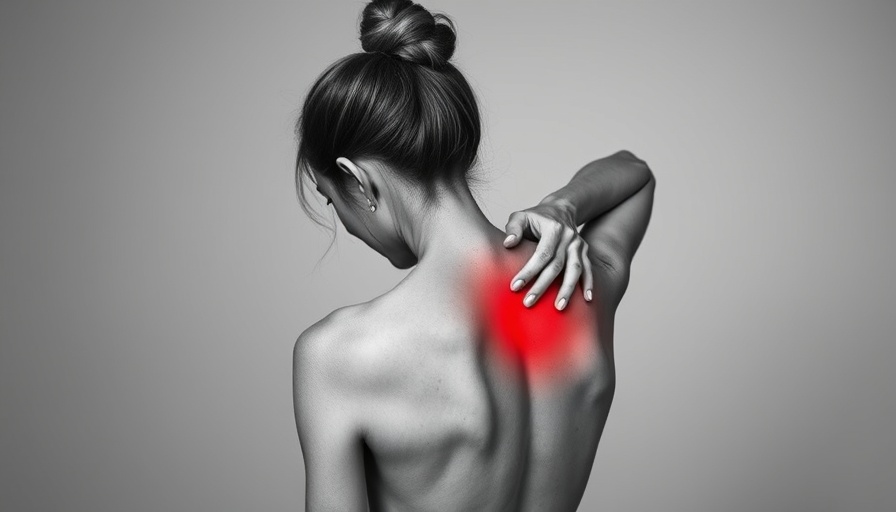
Understanding Back Pain Myths: Setting the Record Straight
Back pain is a prevalent issue, affecting millions of adults across various demographics. Neurosurgeon Meghan Murphy, M.D. from the Mayo Clinic, has identified eight common myths surrounding back pain that needs dismantling. Despite the widespread nature of this affliction, misinformation often clouds understanding, leaving many confused about the best ways to manage their symptoms.
Myth: Heavy Lifting is the Primary Culprit
A widely held belief is that the act of lifting heavy objects is the main cause of back pain. However, Dr. Murphy clarifies that while improper lifting techniques can certainly contribute, the larger contributors include a sedentary lifestyle, poor posture, obesity, and genetic predisposition. By focusing on these key areas, individuals may find they can alleviate their back pain more effectively than simply avoiding heavy objects.
Debunking the Bed Rest Myth
Another prevalent myth is the assumption that bed rest is the best remedy for back pain. In many cases, it's quite the opposite. Although resting can be beneficial for short-term relief from muscle strain, prolonged bed rest can lead to muscle tightness and worsening pain, particularly if the issue stems from nerve compression or other degenerative conditions. Staying active with low-impact exercises, such as walking or swimming, aids recovery and fosters better overall health.
Wallets and Back Pain: Connecting the Dots
You might have heard that sitting on a fat wallet leads to back pain. While it can cause nerve compression affecting the legs or hips, it doesn’t typically lead to back pain itself. Dr. Murphy emphasizes that before attributing your back pain to wallet placement, seek medical advice if discomfort persists.
The Seriousness of Back Pain: Myths vs. Reality
While many fear that back pain signifies a serious underlying condition, Dr. Murphy states that most cases stem from muscle strains rather than catastrophic issues like disk herniations. It’s essential to recognize that most back pain resolves on its own, helping to alleviate unnecessary anxiety about serious health implications.
Why Exercise is Essential Even When it Hurts
The notion that back pain necessitates complete rest is misleading. On the contrary, physical activity is recommended to manage and prevent back pain. Exercises that strengthen the core and improve flexibility are key strategies for maintaining a healthy back. Yet, it’s crucial to listen to your body; any exercise that exacerbates the pain should prompt a visit to a healthcare professional.
Surgery Isn't the Only Answer
Another common misconception is that surgery is the definitive solution for chronic back pain. Dr. Murphy points out that many treatments, including physical therapy, medication, and lifestyle changes, have proved successful in effectively managing and alleviating back pain with or without surgery.
Taking Charge of Your Back Health
Understanding these myths can empower individuals to take charge of their back health. Emphasizing lifestyle changes such as maintaining good posture, regular exercise, and weight management can lead to healthier aging and longevity. Communities, especially in places like San Antonio with abundant health and wellness resources, can foster environments emphasizing health education and optimal wellness.
Final Thoughts: Your Back, Your Health
It's vital to grasp the real causes and management strategies for back pain. By dismissing myths and seeking evidence-based health practices, individuals can navigate their recovery with informed confidence. Consider integrating holistic approaches that blend physical activity with natural remedies under the guidance of qualified professionals.
If you’re looking to enhance your health and wellness journey, explore top-rated health and wellness centers in your area or consider participating in local community health events. Engaging with health resources not only promotes recovery but leads to a proactive approach toward sustainable well-being.
 Add Element
Add Element  Add Row
Add Row 



Write A Comment